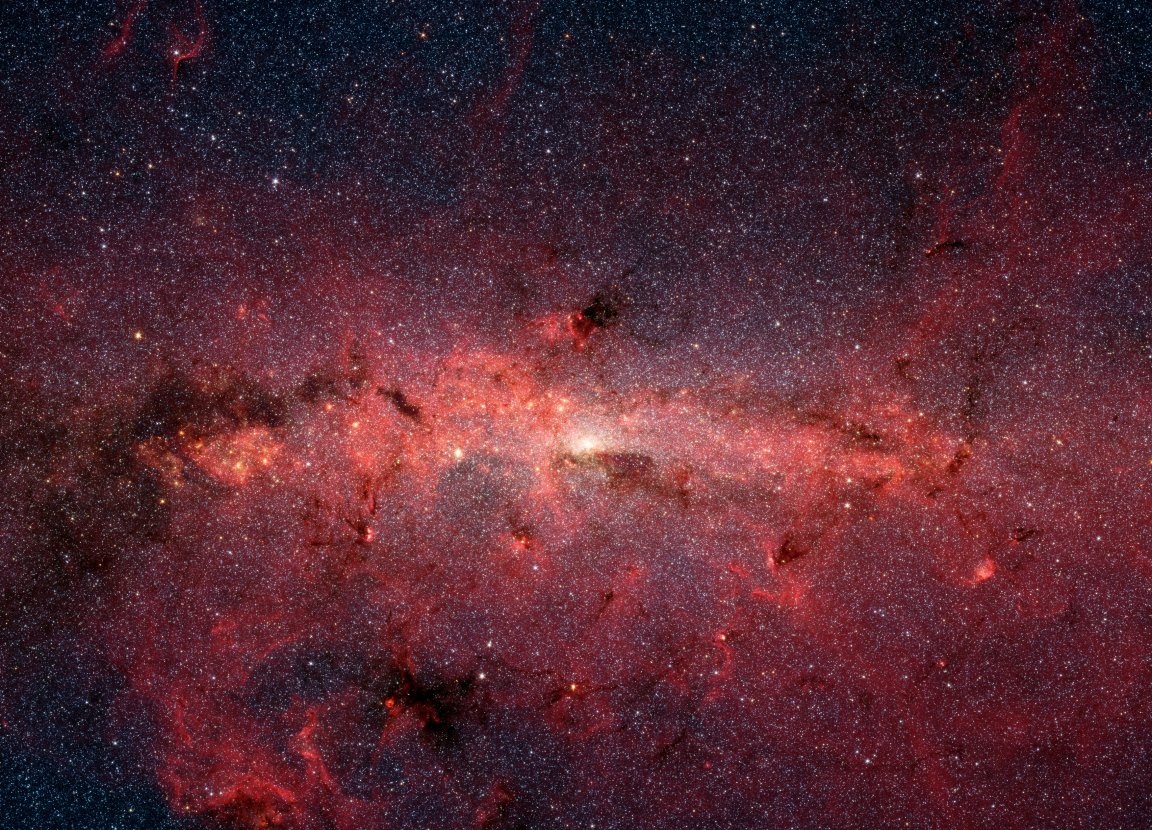
Do you believe that life on Earth is going to come to a horrifying and terrible conclusion sometime in the near future? If so, then boy do I have news for you! Take a look at Google’s new interactive program, a stellar map called “100,000 Stars.” This stellar database allows you to see the distribution density and location of over 100,000 stars in our universe. It is essentially a 3D map, where users can scroll across the galaxy to get information on various stellar objects.
With over 110,000 stars cataloged, it’s the perfect tool for anyone looking to gather information on potential Earth substitutes. Zooming in and out on the map allows interested persons to see individually identified stars (including the star’s name and location), while clicking on a specific star provides an overview of information (size, mass, distance from Earth, etc) alongside an accurate image of the stellar object. Essentially, the program helps you explore the galaxy and find the perfect home away from home.

Are you a fan of heat? If so, 100,000 Stars can help you find a blue hypergiant, like Eta Carinae, that is simply scorching (it’s about 40,000 Kelvin or 72,000 °F). But of course, you might want a hot star that is a bit more akin to our own Sun. Not a problem. A quick search of the map reveals that Gamma Ursae Majoris, found in the constellation Ursa Major, might be an ideal candidate for persons desiring a bit more heat. It is a main sequence star similar to our own sun, except that it is somewhat hotter, brighter, and larger.
But wait, there’s more!
Obviously, you don’t want to live on a star (you’d die). So you need a planet to call home. This brings us to 100,000 Stars most important feature. As you browse through the catalog, the program tells you whether or not stellar objects have any extrasolar planets in orbit. And it can help you work out your other plans as well.
- Want to know how long your trip will take? 100,000 Stars will tell you how distant your star is from Earth, which allows you to make the necessary travel arrangements.
- Want to know whether you’ll be in a safe neighborhood? You’re in luck. The program lets you know whether your new home will be in a docile binary system, a chaotic stellar nursery, or a relatively isolated corner of space.
But does all of this seem like too much work? Fortunately, 100,000 Stars” provides a guided tour through the cosmos. It starts with our own star, zooms out to the solar system, heads over to our closest stellar neighbor, and continues on until you are reaches the edge of our galaxy. However, as impressive as this sounds, you will quickly notice the gaps in the data. Though this database has a host of information, there are an estimated 300 billion stars in the Milky Way. So a catalog of 100,000 stars (though impressive) is nowhere near comprehensive.
Watch the voyage:
